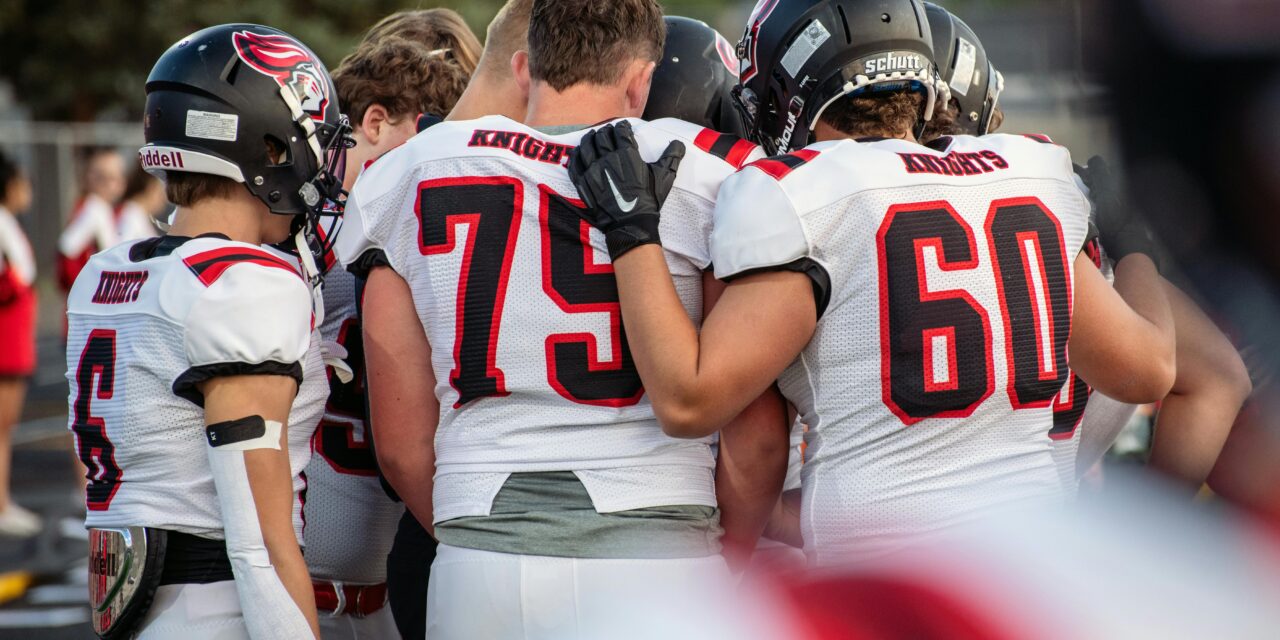Sports are the perfect training ground to prepare students for more than just friendly competition. They are an avenue to teach valuable social and emotional skills that can be used well-beyond high school. While wins and losses often dominate headlines, the true long-term impact of high school sports is measured in the character, responsibility, and leadership students carry into the world. Being an athletic director is about more than managing schedules and facilities—its about shaping future leaders.
Athletics: The Perfect Leadership Creator
Team sports place students in real-time problem-solving situations: navigating conflict, handling pressure, taking initiative, and supporting peers. This creates a natural environment for developing communication, accountability, empathy, and resilience. Unlike traditional classroom settings, sports allow athletes to experience real-world lessons in leadership. Whether it’s a captain addressing a team after a loss or a senior modeling effort during practice, leadership is visible and contagious in athletics.
Setting the Tone
Athletic directors are uniquely positioned to promote a school-wide culture that prioritizes leadership development. By aligning coaches, programs, and expectations, ADs elevate sports beyond performance and into purposeful growth.
- Empower Captains With Purpose
Don’t assume leadership is intuitive—push team captains to communicate with peers, bridge-the-gap between coaches and athletes, and set the tone for team culture. Hosting pre-season leadership workshops or partnering with leadership programs (like NFHS Captain’s Course) helps student leaders understand their influence. - Highlight Leadership, Not Just Talent
During awards nights, team meetings, or school assemblies, recognizing students who demonstrate selflessness, mentorship, or resilience sends a clear message: leadership matters, even when it doesn’t show up on the scoreboard. - Create Cross-Team Leadership Councils
Inviting captains or representatives from each sport team to form a student-athlete leadership council fosters a sense of shared responsibility and builds communication skills across social groups. This group can discuss school culture, promote events, and even provide feedback on program experiences. - Encourage Coaches to Develop the Whole Athlete
Encouraging team discussions, peer mentorship, and role modeling as part of everyday practice shifts the team mindset over time. A simple prompt like “Who stepped up as a leader today?” can support and train athletes beyond skill development. - Link Athletics to Life Skills
Having students make the connection between what they learn in sports and how it applies to life beyond graduation helps them understand the long-term value of leadership. Hosting panels with alumni athletes, inviting community leaders to speak, or providing resources on careers makes sure they invest in their future more intentionally.
Creating Tomorrow’s Leaders
In high school athletics, the final score fades quickly—but the lessons last forever. By prioritizing leadership development within athletic programs, athletic directors equip students with the skills to lead in college, careers, and communities. With intention and direction from athletic programs, today’s athletes become tomorrow’s leaders.










